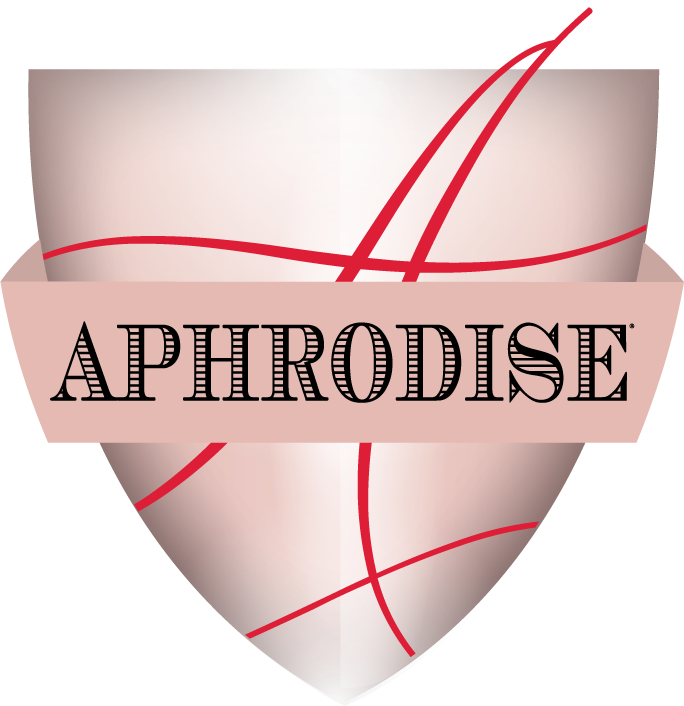Enjoy 10% Off Your First Order
Enter your email to receive your code, and be the first to know about all things Aphrodise.



All champagne is sparkling wine, but not all sparkling wine is champagne. True champagne is a product of both place and tradition, legally confined to the Champagne region of France. The region’s chalky soil and cool climate infuse the wine with a certain character that can’t be replicated elsewhere.
The bubbles in champagne are formed through a secondary fermentation process unique to this specific wine. After the still wine is bottled with sugar and yeast a slow, high-pressure fermentation occurs, creating the fine bubbles.
The first bottle of champagne was actually created by accident back in 1697

Sparkling wine is a symbol of global elegance that transcends borders to offer a luxurious experience. Crafted in regions from Greece to California, sparkling wine embodies the artistry of winemakers who employ various methods of production.
Beyond tradition, sparkling wine shines in its diversity. The tank method, for example, produces vibrant, fresh wines, achieving the famous delicate sparkle you get with sparkling wines.
Whether created through classic techniques or innovative approaches, sparkling wine like Prosecco from Italy or Cava from Spain, offers the uniqueness of its terroir.

Grape varieties play a vital role in the character and elegance of each bottle. Legally, only three grape varieties are permitted for champagne: Chardonnay, Pinot Noir, and Pinot Meunier. These grapes are grown in the distinct terroir of the Champagne region.
Sparkling wine offers global diversity. Whilst many sparkling wines mirror champagne by using Chardonnay and Pinot Noir grapes, they are not confined to these varieties. Regions around the world embrace their indigenous varieties resulting in wines with unique expressions of their terroir.
Prosecco, for example, is made from at least 85% glera grapes which offer fruity aromas. In our case, we use the Xinomavro grape which offers a distinctive fruity flavour with crisp freshness, unique to many other sparkling wines.
The bubbles found in champagne and sparkling wine are created through a secondary fermentation process. During this stage, the base wine undergoes a refined transformation as yeast ferments the added sugar, producing carbon dioxide gas. Sealed within the bottle, this gas is trapped, giving rise to the fine, effervescent bubbles that you see in a good sparkling wine.
The flavour profiles of champagne and sparkling wine reflect its unique production methods and regional influences.

Champagne offers a complex palate due to the blend of Chardonnay, Pinot Noir, and Pinot Meunier grapes. The extended ageing process also imparts a sophisticated variety of flavours with notes of citrus, apple, and brioche.
With sparkling wine, you can expect delightfully diverse flavours that reflect the grape varieties and production techniques from different regions. For example, Prosecco tends to have fruity notes of peach and pear with a floral undertone, and Cava offers a richer, more nuanced flavour with hints of citrus, toasted almonds, and a slight earthiness. In Greece, the Xinomavro grape creates stunning sparkling rosés that offer aromas of crisp apple and cherry.

Whether you choose the renowned elegance of champagne or the diverse allure of sparkling wine, each brings a touch of extravagance to any occasion. Recognising the differences between the two drinks will deepen your appreciation and enhance your experience.
This website uses cookies so that we can provide you with the best user experience possible. Cookie information is stored in your browser and performs functions such as recognising you when you return to our website and helping our team to understand which sections of the website you find most interesting and useful.
Strictly Necessary Cookie should be enabled at all times so that we can save your preferences for cookie settings.
This website uses Google Analytics to collect anonymous information such as the number of visitors to the site, and the most popular pages. Keeping this cookie enabled helps us to improve our website.
More information about our Cookie Policy